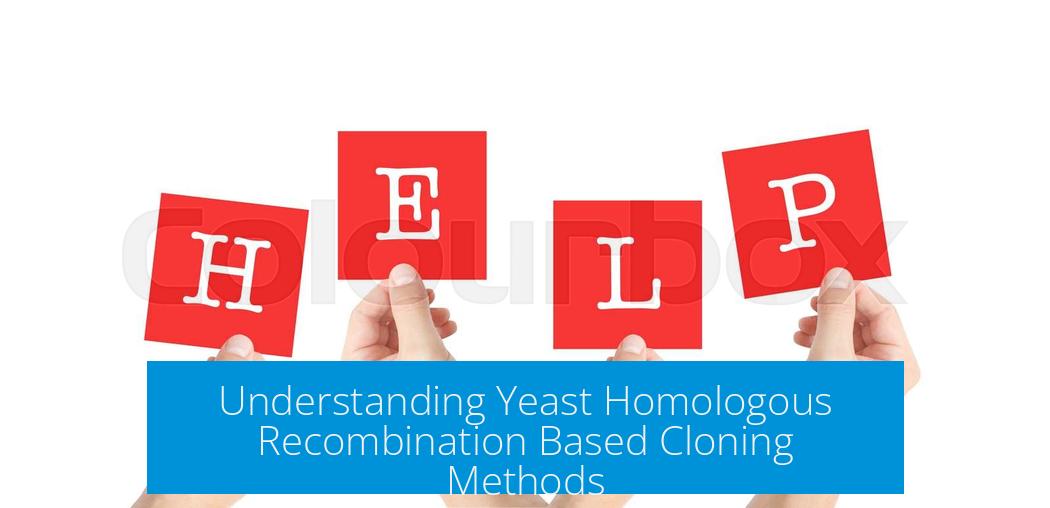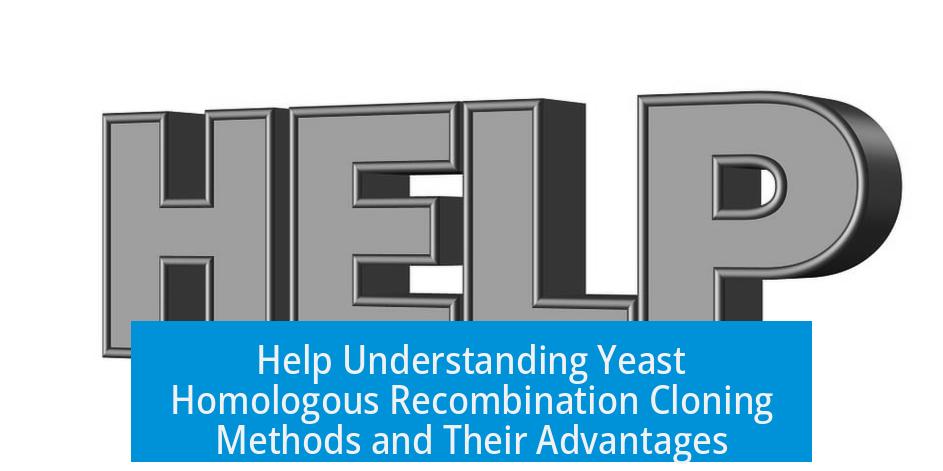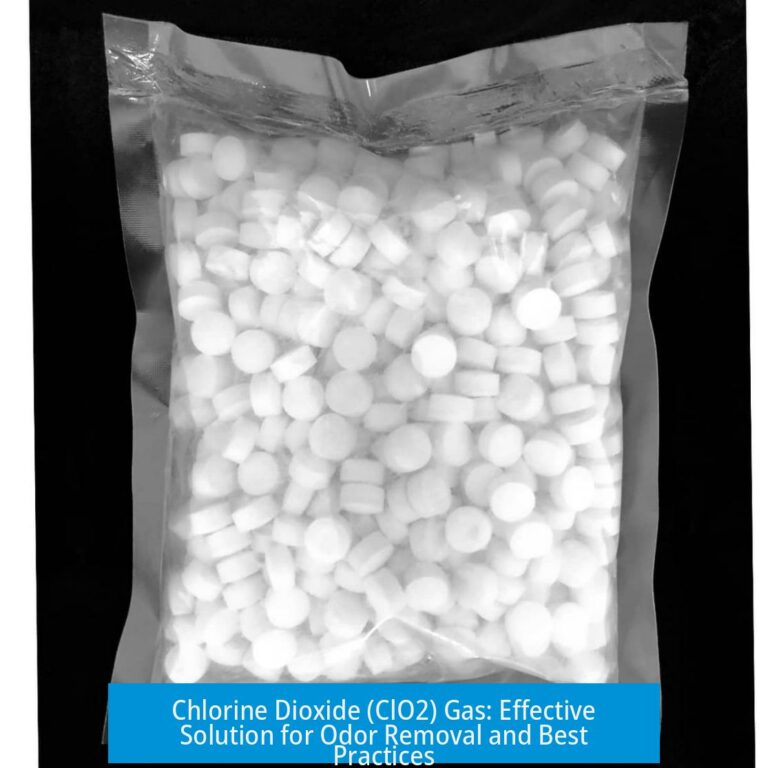Understanding Yeast Homologous Recombination Based Cloning Methods

Yeast homologous recombination (HR) based cloning is a technique that exploits the natural ability of yeast cells to repair DNA by recombining fragments with homologous ends, enabling assembly of DNA without restriction enzymes or ligase.
What Is Homologous Recombination in Yeast?
Homologous recombination is a cellular DNA repair system that fixes broken DNA by exchanging sequences between similar or identical DNA strands. Yeast cells use this mechanism extensively, especially during meiosis for crossover events. Scientists harness this natural process to assemble multiple DNA fragments directly inside yeast cells.
Step-by-Step Yeast HR Cloning Process
- Preparation of DNA Fragments: Each DNA fragment or insert is designed with ends homologous to the target vector sequence. This homology typically ranges from 30 to 60 base pairs and is introduced by PCR amplification or specific DNA synthesis.
- Vector Linearization: The plasmid vector is linearized by any method, producing blunt or sticky ends. Linearization is not essential but improves the efficiency and accuracy of recombination inside yeast.
- Yeast Transformation: The linearized vector and homologous inserts are co-transformed into competent yeast cells. Inside the cell, the yeast machinery performs HR to join overlapping sequences, circularizing the vector and assembling the input fragments seamlessly.
Advantages Over Classical Cloning
- No dependence on restriction enzyme sites for DNA cleavage.
- Bypasses in vitro ligation steps; enzymatic assembly occurs inside yeast.
- Facilitates assembly of multiple DNA fragments in a single step.
- Improves flexibility when cloning complex or large pathways.
Practical Considerations

Insert fragments must have correctly designed homologous ends for precise recombination. Yeast strains used for transformation should be recombination proficient. Ensuring efficient transformation increases the probability of obtaining correct clones. Screening of transformants is necessary to confirm proper assembly.
Summary of Yeast HR Cloning Method
| Step | Description |
|---|---|
| Homology Design | Add ~30-60 bp homologous sequences to DNA ends by PCR |
| Vector Linearization | Cut plasmid by any method to create linear DNA backbone |
| Transformation | Co-transform linearized vector and inserts into yeast cells |
| In Vivo Assembly | Yeast recombination machinery assembles fragments into plasmid |
Key Takeaways
- Yeast HR cloning leverages yeast’s natural DNA repair to join overlapping DNA fragments.
- It removes the need for restriction digestion and ligation outside the cell.
- Allows flexible and efficient multi-fragment DNA assembly in one step.
- Requires careful design of homologous ends on DNA inserts.
- Useful for constructing large pathways or complex plasmid assemblies quickly.
How do homologous sequences guide DNA assembly in yeast HR cloning?
Homologous sequences on the ends of inserts match sequences on the linearized vector. Yeast cells use these matching sequences to align and recombine DNA fragments. This enables the seamless assembly of multiple fragments into one plasmid.
Is it necessary to linearize the vector for yeast HR cloning?
Linearizing the vector is recommended but not strictly required. Linearization simplifies the recombination process and increases the chance of correct plasmid formation. Both blunt and sticky ends work for vector linearization.
Why is ligase not used in yeast homologous recombination cloning?
Yeast cells perform ligation naturally during homologous recombination inside the cell. External ligase enzymes are not needed because the recombination machinery assembles the DNA fragments directly in vivo.
Can multiple DNA fragments be assembled simultaneously using yeast HR cloning?
Yes. Yeast homologous recombination can join several DNA fragments in a single step. Each fragment must share homologous ends with adjacent sequences, allowing the yeast cell to recombine them into one circular plasmid.
How does yeast HR cloning differ from classical restriction enzyme cloning?
Classical cloning relies on specific restriction sites and in vitro ligation. Yeast HR cloning bypasses these steps by using sequence homology and yeast’s natural recombination system. This allows more flexible and efficient DNA assembly.





Leave a Comment